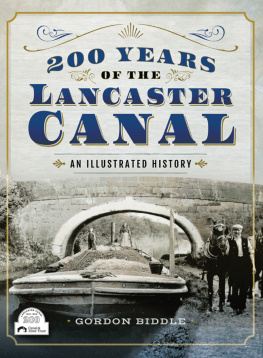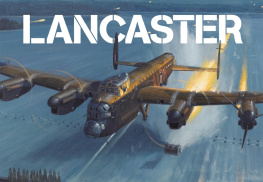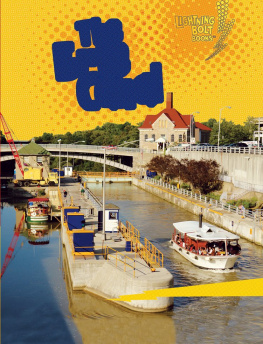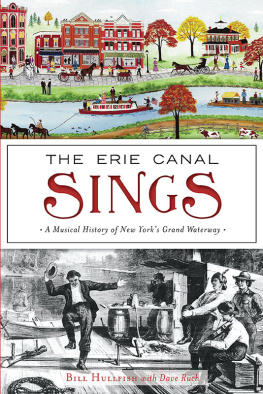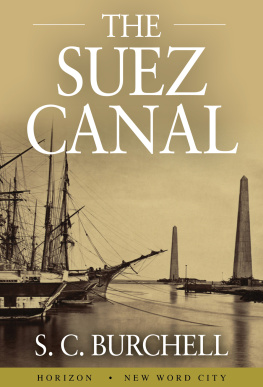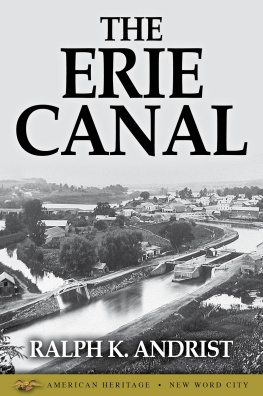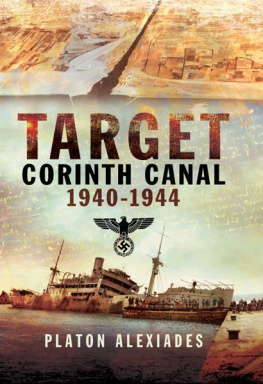Pagebreaks of the print version

200 YEARS OF THE
LANCASTER CANAL
TO DOROTHY
In memory of many canal visits, on foot and by water.
BY THE SAME AUTHOR
The Canals of North West England (2 vols) with Charles Hadfield, 1970
Victorian Stations, 1973
The British Railway Station (Railway History in Pictures series), with Jeoffry Spence, 1977
Pennine Waterway: A pictorial history of the Leeds & Liverpool Canal , 1977
Lancashire Waterways, 1980
Railway Stations in the North West, 1981
The Railway Heritage of Britain , with O.S. Nock, 1983
Great Railway Stations of Britain: their Architecture, Growth and Development , 1986
The Railways around Preston: An Historical Review, 1989, 2nd edition, 1992
The Railway Surveyors: Railway Property Management, 1800 1990, 1990
The Oxford Companion to British Railway History , with Jack Simmons (eds) 2003
Britains Historic Railway Buildings: An Oxford Gazetteer of Structures and Sites , 2003, 2nd revised edition, 2011
Railways in the Landscape: How they transformed the face of Britain , 2016
ILLUSTRATIONS
Except where otherwise acknowledged, all illustrations are by the author or from his collection.
Photographic imaging by Paul Aitken
Maps by Alison Aitken.
200 YEARS OF THE
LANCASTER CANAL
GORDON BIDDLE
First published in Great Britain in 2018 by
PEN & SWORD TRANSPORT
An imprint of Pen & Sword Books Ltd
Yorkshire - Philadelphia
Copyright Gordon Biddle, 2018
ISBN: 978 1 52670 434 4
eISBN: 978 1 52670 436 8
Mobi ISBN: 978 1 52670 435 1
The right of Gordon Biddle to be identified as Author of this work has been asserted by him in accordance with the Copyright, Designs and Patents Act 1988.
A CIP catalogue record for this book is available from the British Library
All rights reserved. No part of this book may be reproduced or transmitted in any form or by any means, electronic or mechanical including photocopying, recording or by any information storage and retrieval system, without permission from the Publisher in writing.
Pen & Sword Books Ltd incorporates the Imprints of Pen & Sword Books Archaeology, Atlas, Aviation, Battleground, Discovery, Family History, History, Maritime, Military, Naval, Politics, Railways, Select, Transport, True Crime, Fiction, Frontline Books, Leo Cooper, Praetorian Press, Seaforth Publishing, Wharncliffe and White Owl.
For a complete list of Pen & Sword titles please contact
PEN & SWORD BOOKS LTD
47 Church Street, Barnsley, South Yorkshire, S70 2AS, England
E-mail:
Website: www.pen-and-sword.co.uk
Or
PEN AND SWORD BOOKS
1950 Lawrence Rd, Havertown, PA 19083, USA
E-mail:
Website: www.penandswordbooks.com
ACKNOWLEDGEMENTS
I have to thank the following for their kind assistance:
John S. Gavan, vice-president, Lancaster Canal Trust.
David Slater, former chairman of the trust, and Frank Sanderson, former publicity officer, for reading and commenting on drafts of .
Mike Clarke, president of the Leeds & Liverpool Canal Society, for valuable additional material.
C.W.N. Crewdson, OBE, chairman of Gilbert Gilkes & Gordon Ltd.
Mr & Mrs P.T.A. Holland of Capernwray Mill.
The late John Freeman, Area Engineer, British Waterways Board.
The late Dan Ashcroft, who was born on a canal boat and with his family lived and worked for most of his life on the canal.
Keith Tassart, who worked on the canal and was an invaluable source of information.
David Berry of Preston, for drawing my attention to the Cragg family diaries.
Wendy Luty, who somehow managed to decipher my handwriting and type the manuscript.
My daughter Alison Aitken, for the maps.
My son-in-law Paul Aitken for painstaking photographic imaging of all the illustrations.
John Scott-Morgan, my editor Carol Trow, and their colleagues at Pen & Sword Books Ltd.
Dr. Bill Fawcett for proofreading.
PREFACE
Although several guides to the Lancaster Canal have been published in the past, primarily aimed at walkers and boat users, there has been no detailed history since I collaborated with Charles Hadfield in the two-volume Canals of North West England in his Canals of the British Isles series in 1970. With the approach of the bi-centenary of the canals completion to Kendal in 2019, and the increasing interest in it, particularly the efforts to re-open to Kendal, now seems an appropriate time to record its long, and at times, uncertain existence. Past research into the canal companys extensive records in the National Archive at Kew (formerly the Public Record Office), the Cumbria County Archive at Kendal and the Lancashire Archives at Preston, together with recent research, form the basis of the story. In the hope of attracting as wide a readership as possible I have deliberately refrained from adopting the customary academic convention of annotations and footnotes to show sources but instead I have mentioned them in the text and included an extensive bibliography.
Gordon Biddle
Spring, 2018
C HAPTER 1
BEGINNINGS
Before the Canal Era
Until the mid-eighteenth century British trade and commerce depended on roads and rivers for transport, or in areas near the sea, coastal shipping. Roads were poor, often only rough tracks, until the first turnpike road of 1683 started a programme of improvements over the next century. Carriage was by pack horse or horse-drawn wagon. Rivers were subject to floods and droughts; coastal sailing craft were dependent on wind and tides, good harbours and, of course, the weather. Passengers travelled on horse-back or by stage-coach, or where possible by river boat or by sea.
In south Lancashire, the principal trading artery was the River Mersey, particularly after 1721 when the Mersey & Irwell Navigation Company began straightening and improving the two rivers between Liverpool and the growing industrial area around Manchester, eventually leading to the opening of the Manchester Ship Canal in 1885.
Further north in the county the River Douglas was progressively made navigable from the mouth of the Ribble estuary to Wigan, principally to carry coal down to the coast and thence to ports in Cheshire, Lancashire and Westmorland, with return cargoes of manufactured goods and imports, mainly from Liverpool, and stone and slate from the north. They were carried in flat-bottomed sailing barges called flats, small at first but by the nineteenth century loading up to 100 tons. As well as coastal trading, they went as far as Ireland and the Isle of Man. Their dimensions were largely dictated by the capacity of other navigations in north-west England.
Estuaries
The Ribble estuary was navigable to Preston as early as 1360, but was hindered by shifting sands until a channel was dredged in 1838. On the north bank a shallow creek could take flats to a wharf at Freckleton, opened in 1738, and in 1842 a small dock was opened at Lytham. Later, more improvements were made to the Ribble, culminating in the opening of Preston Dock in 1892, at that time the largest single dock basin in the world.

